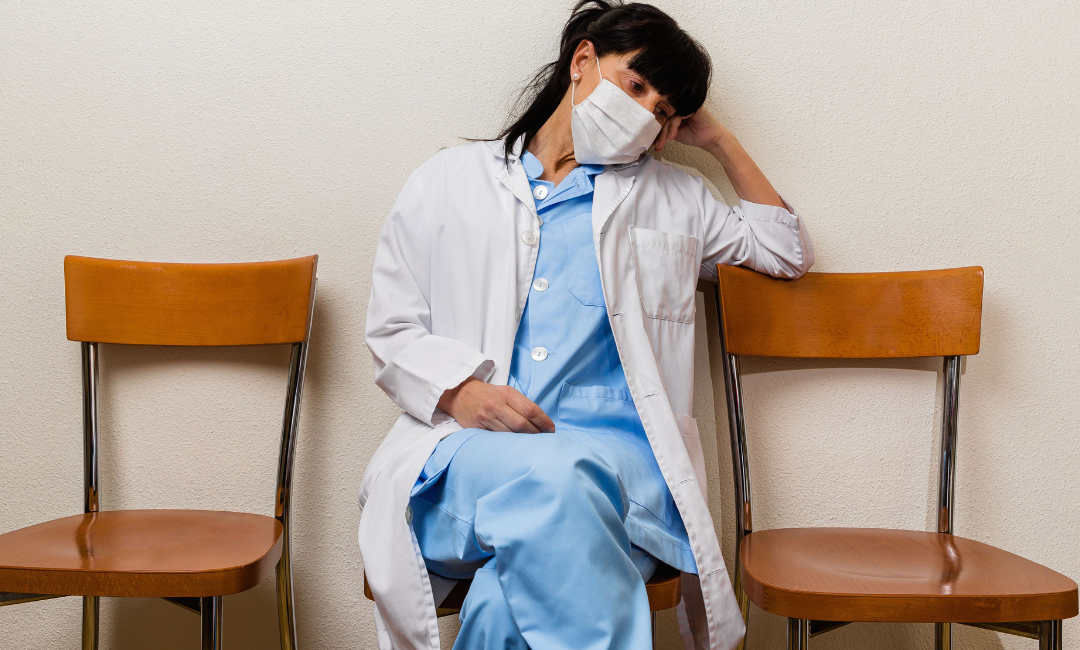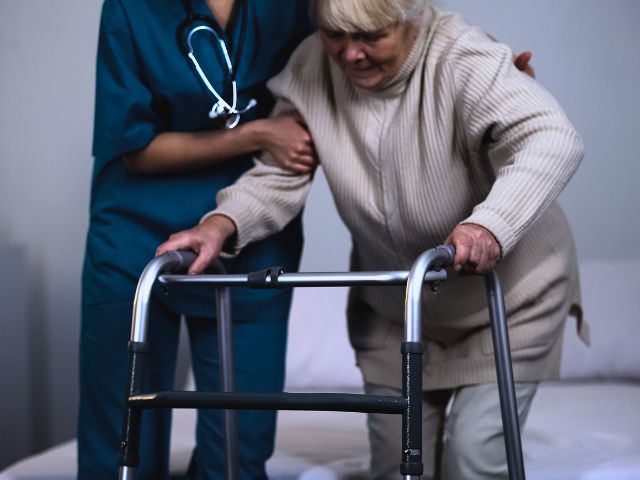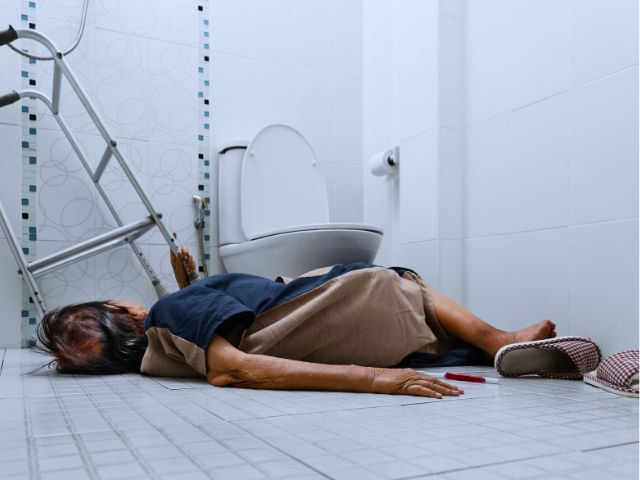The Bottom Line
In conclusion, a hip fracture is a serious injury with significant consequences. This debilitating condition must be treated quickly to promote positive health outcomes in older patients.
Surgical treatment of hip fractures can improve a patient’s quality of life and provide better survival and functional outcomes than non-surgical treatment. Close patient monitoring and strict adherence to all fracture treatment plans are essential for the nurse caring for a patient with a hip fracture.
All these interventions, combined with consistent coordination involving all members of the patient’s healthcare team, will improve the patient’s quality of life and ensure proper healing.








